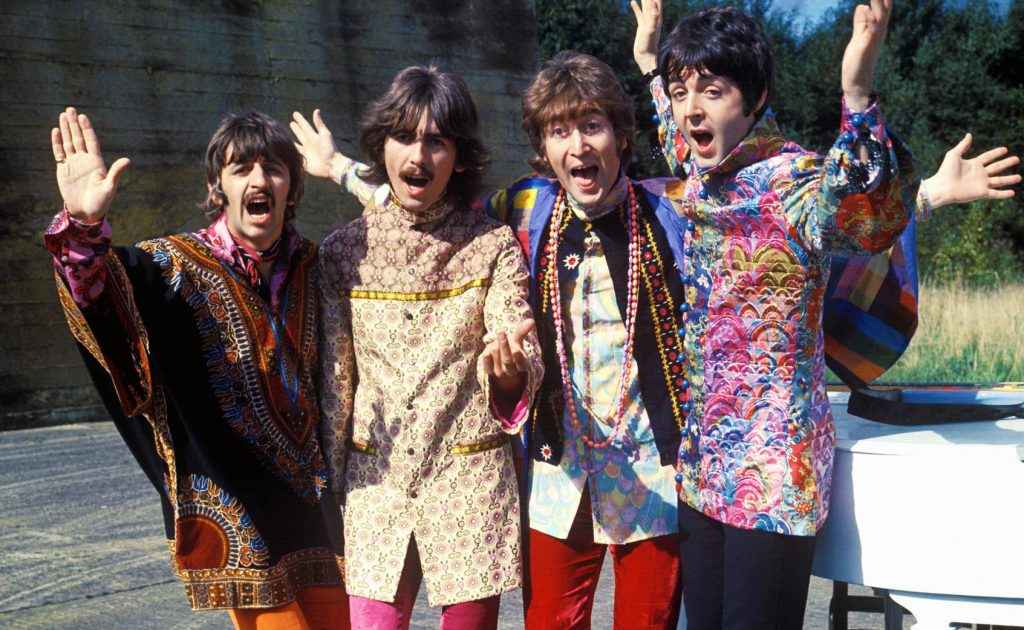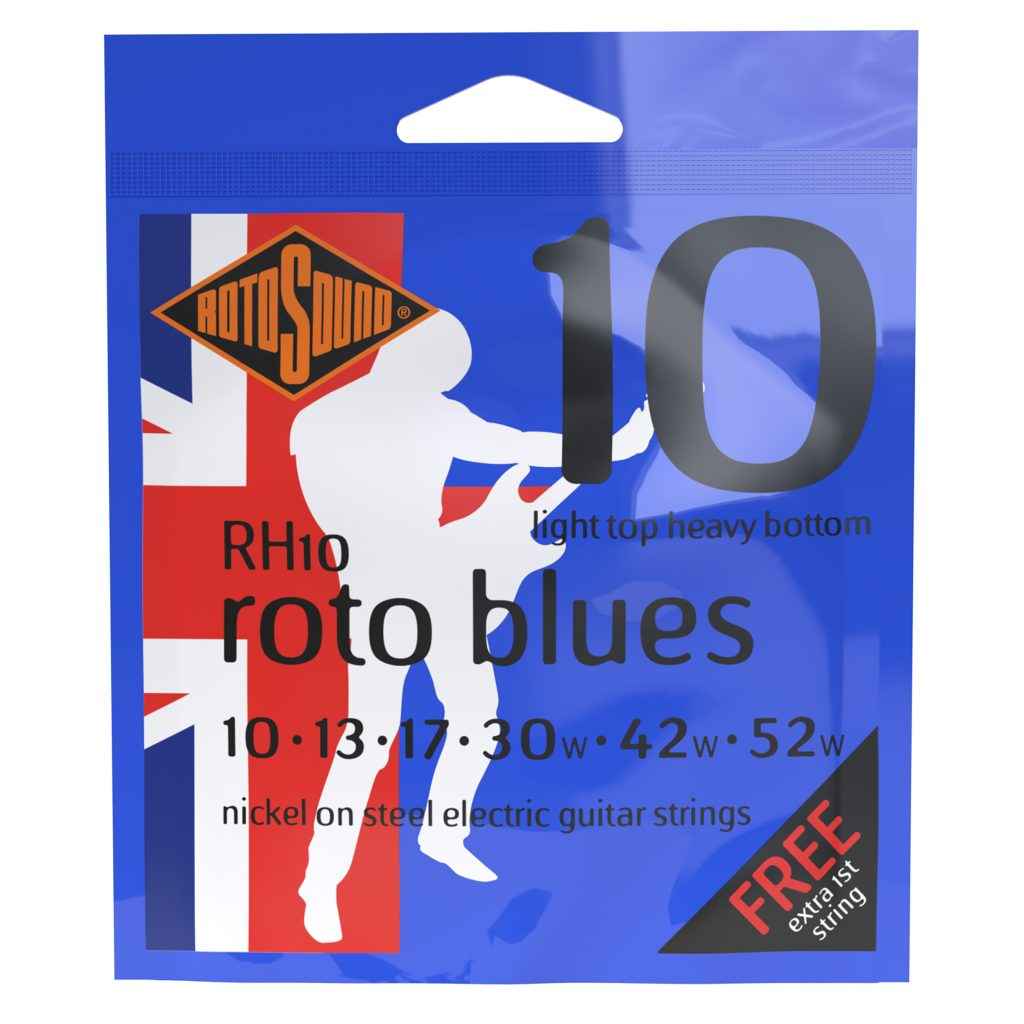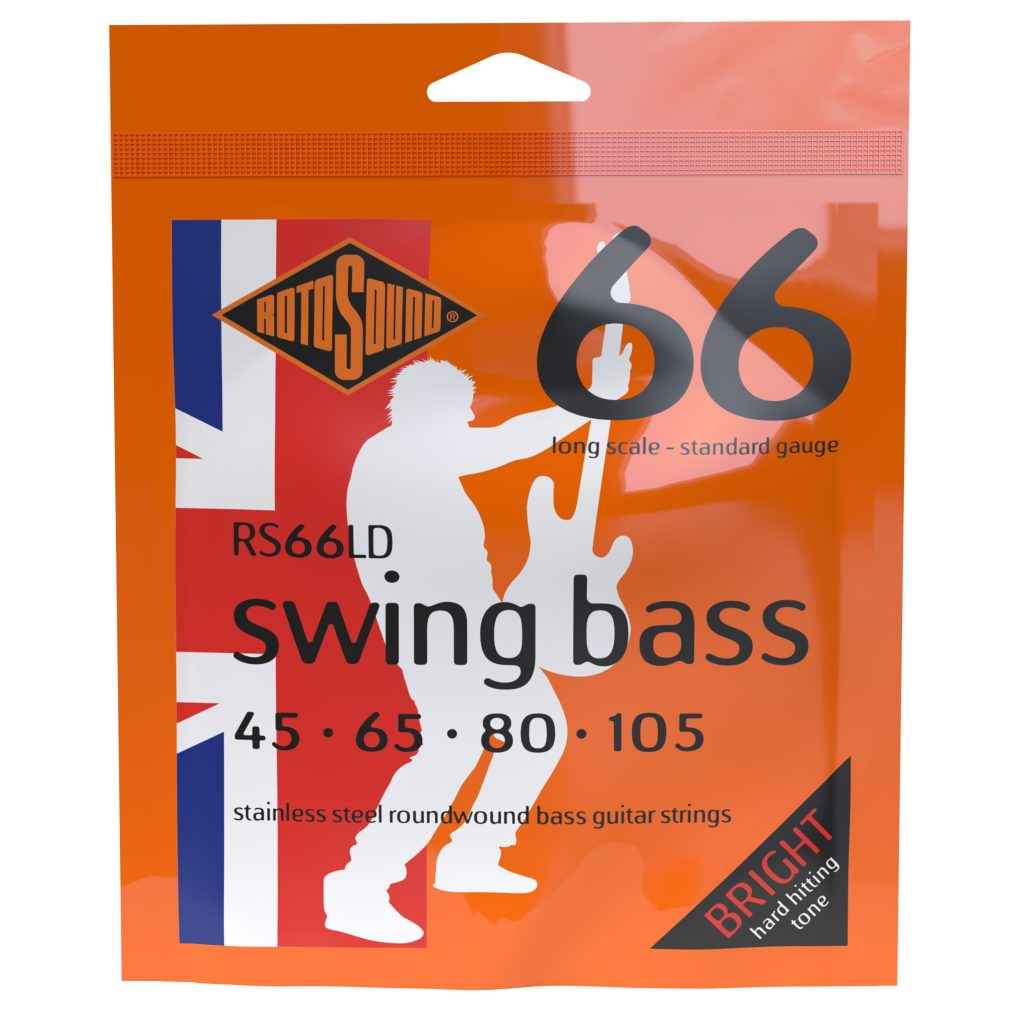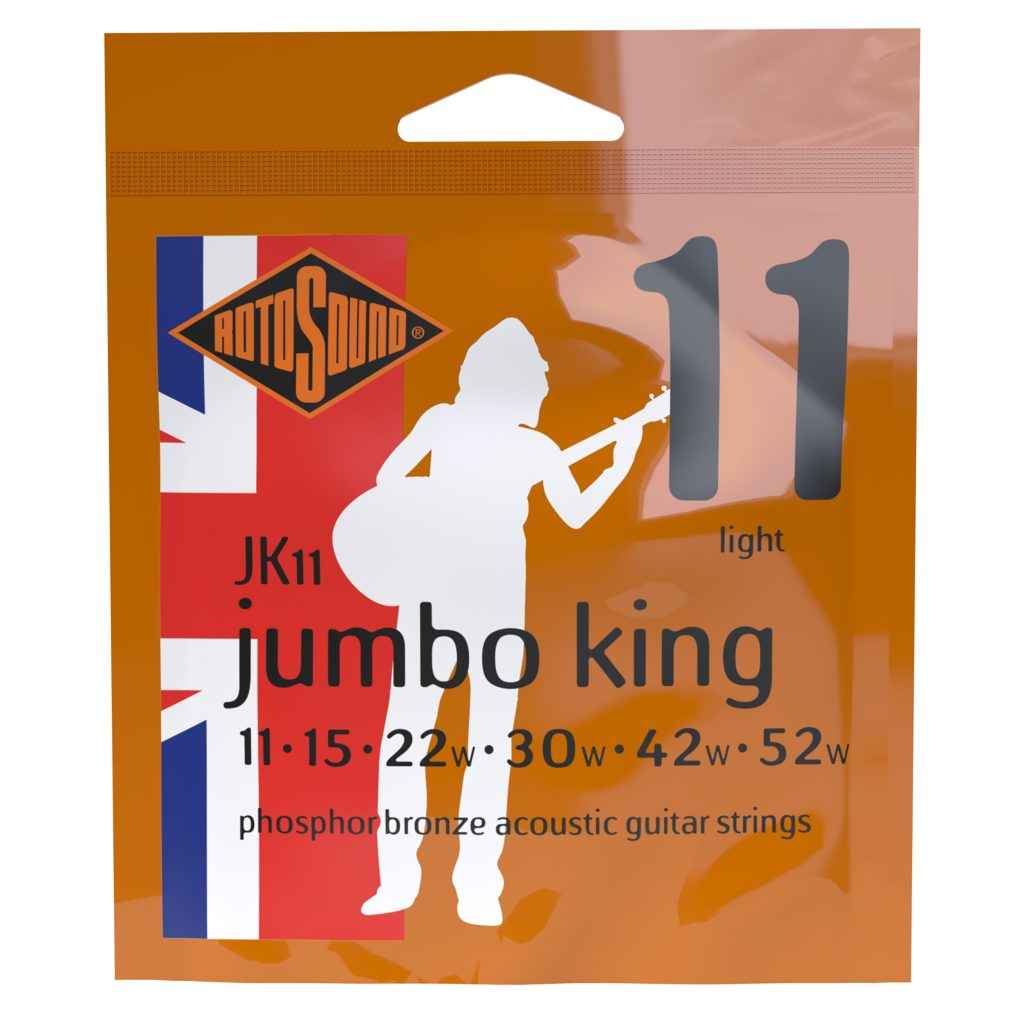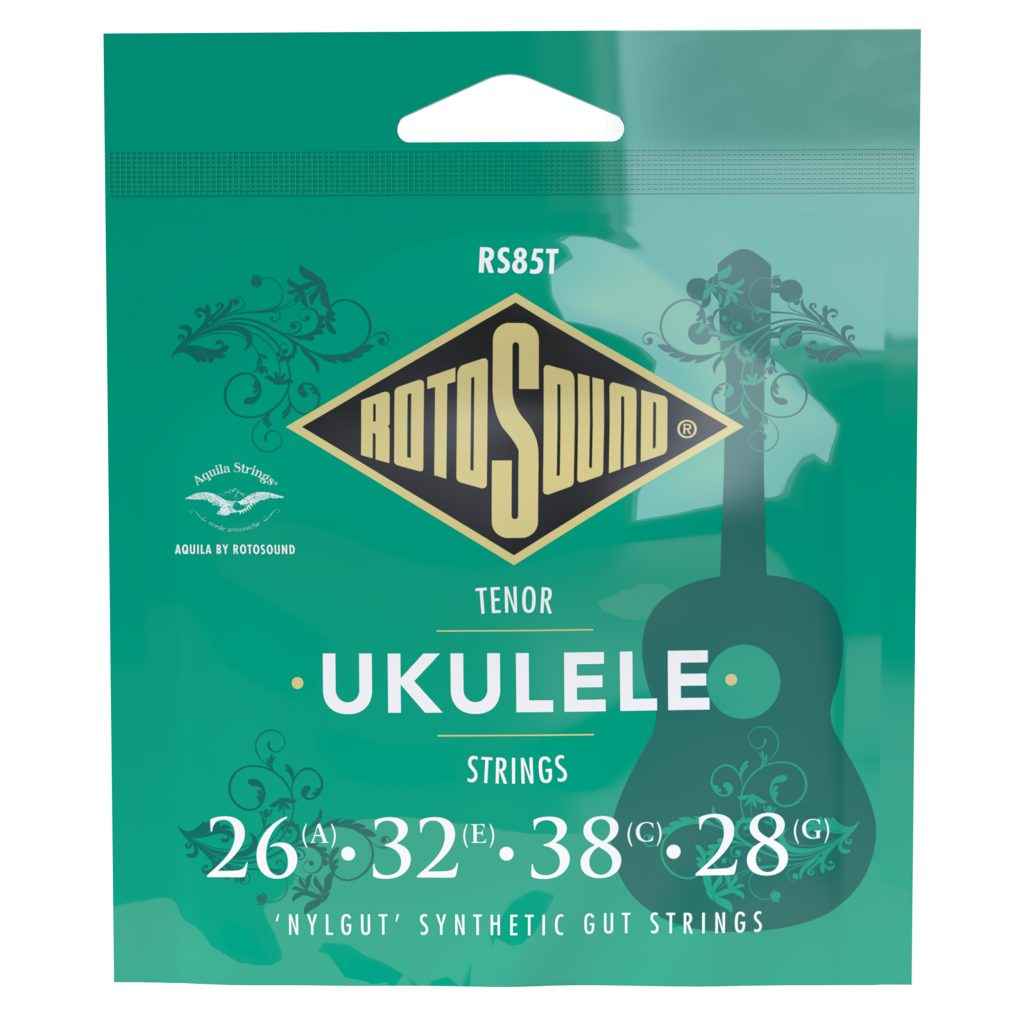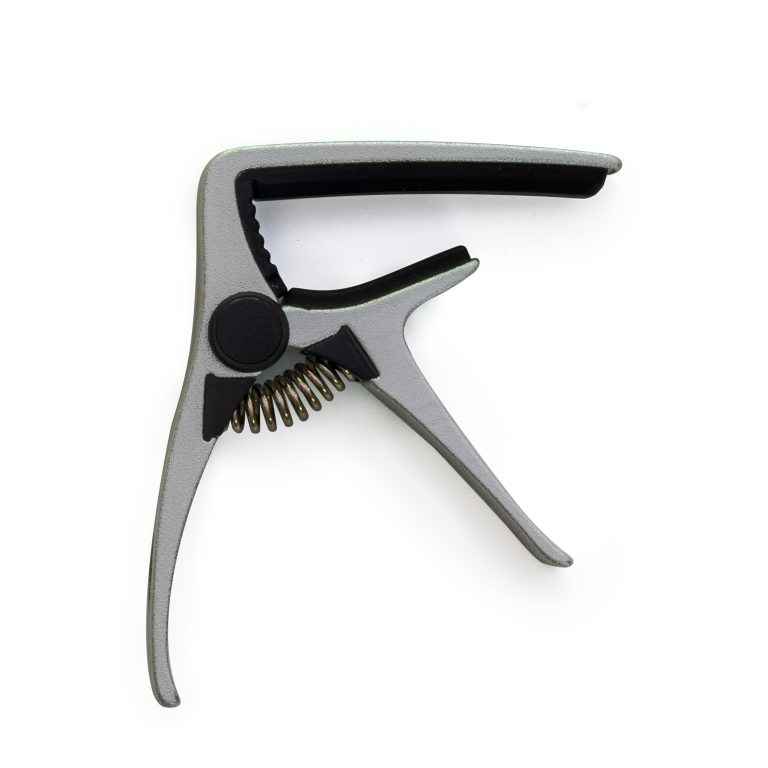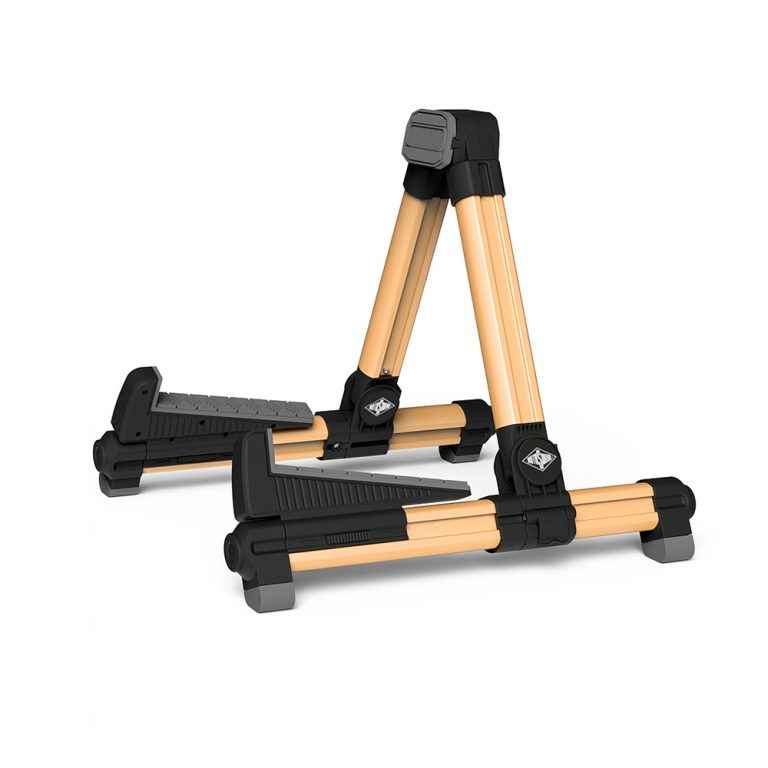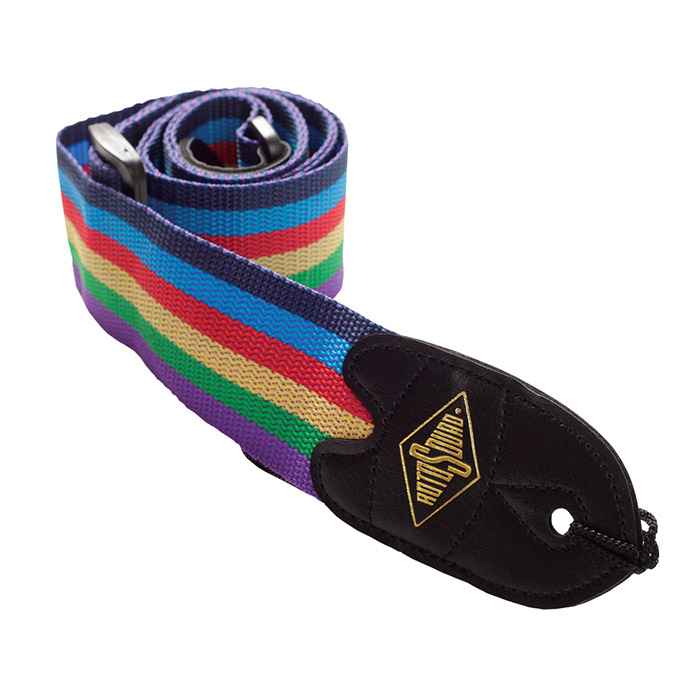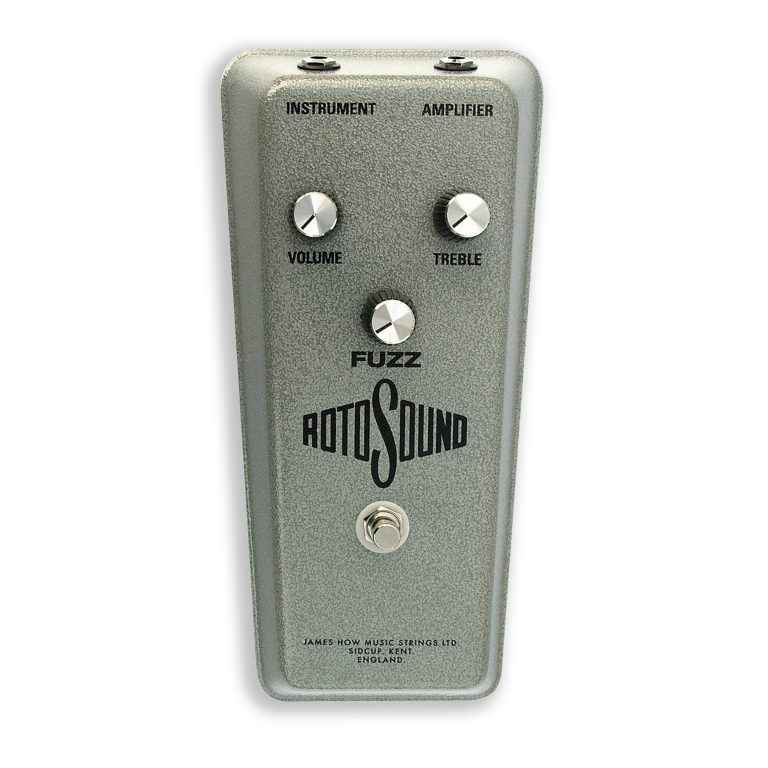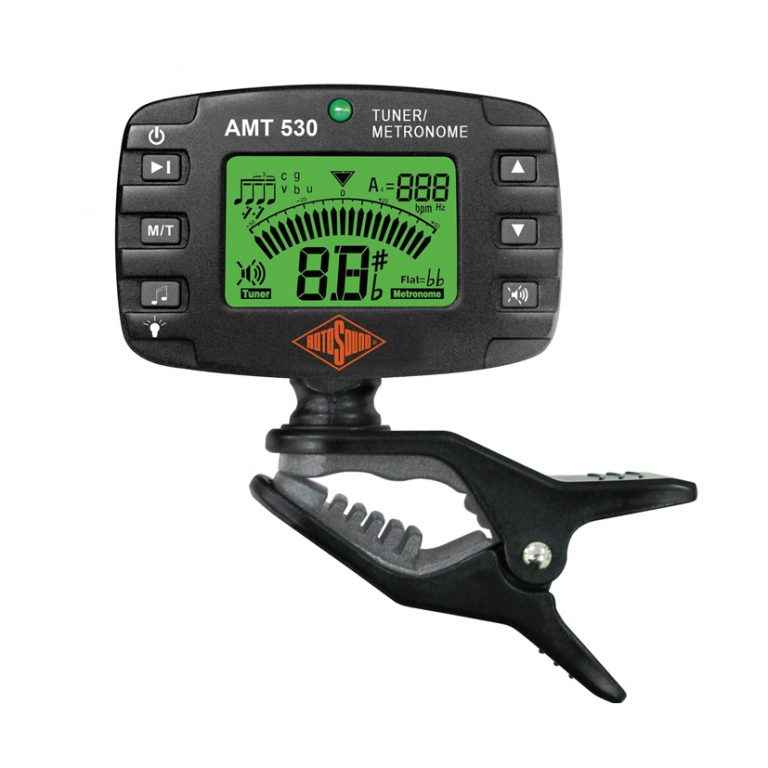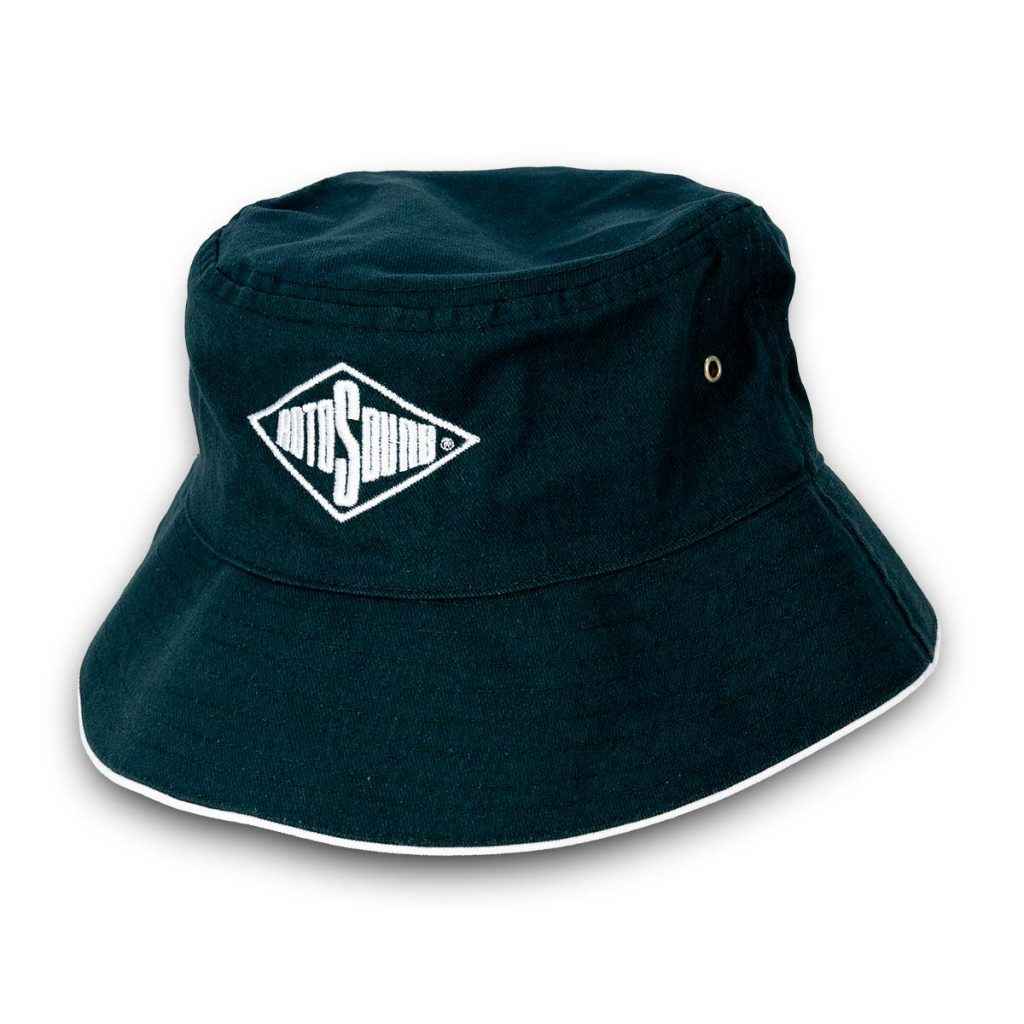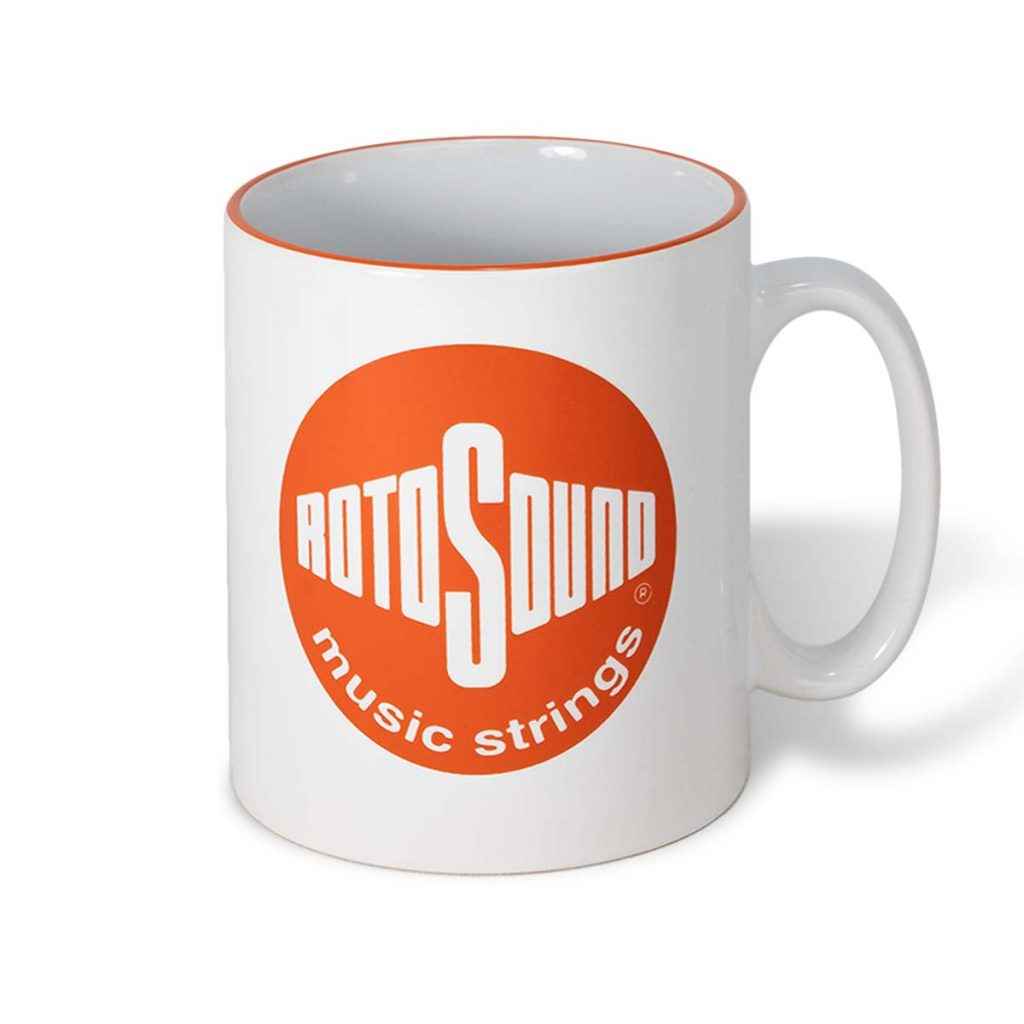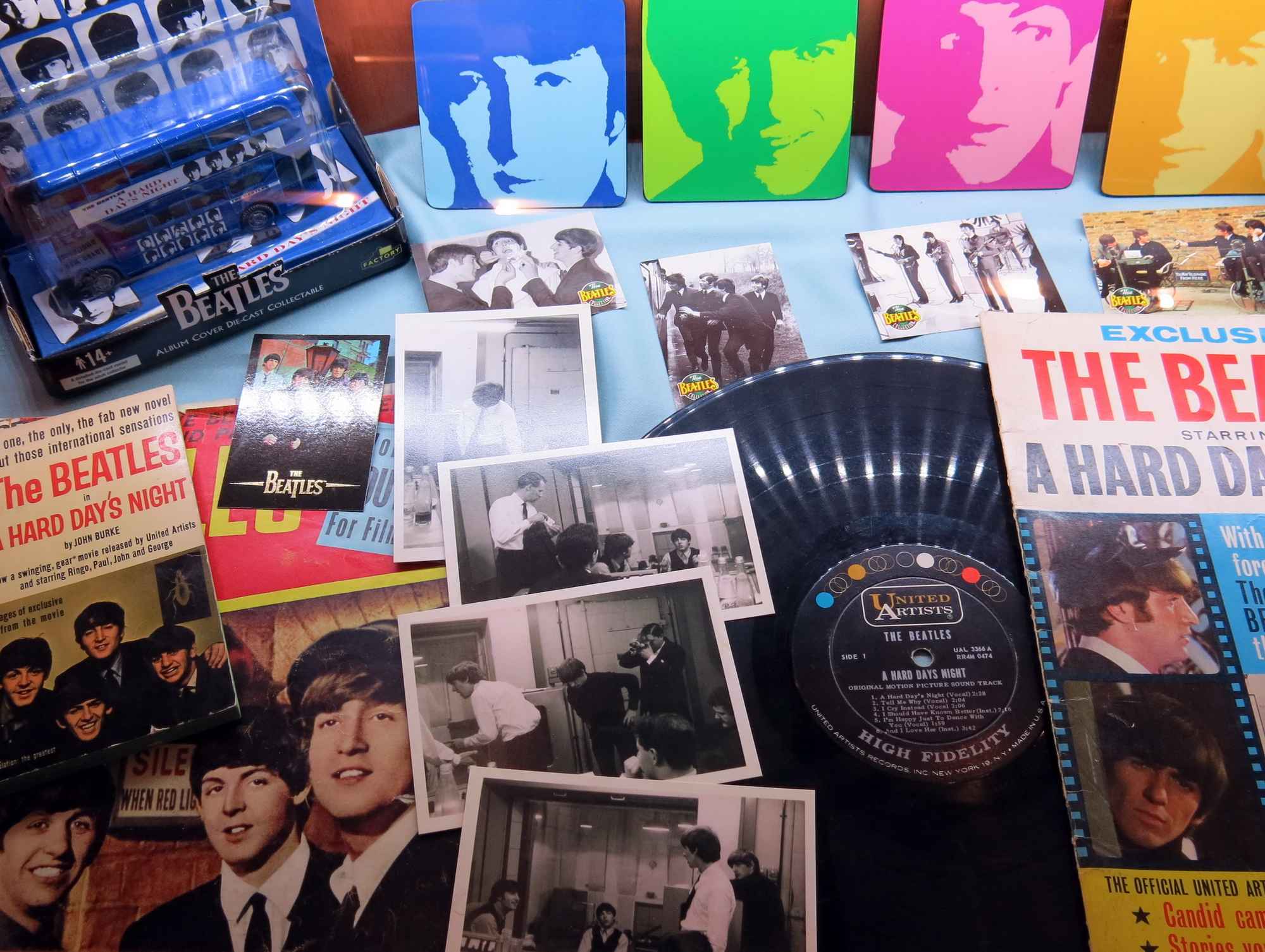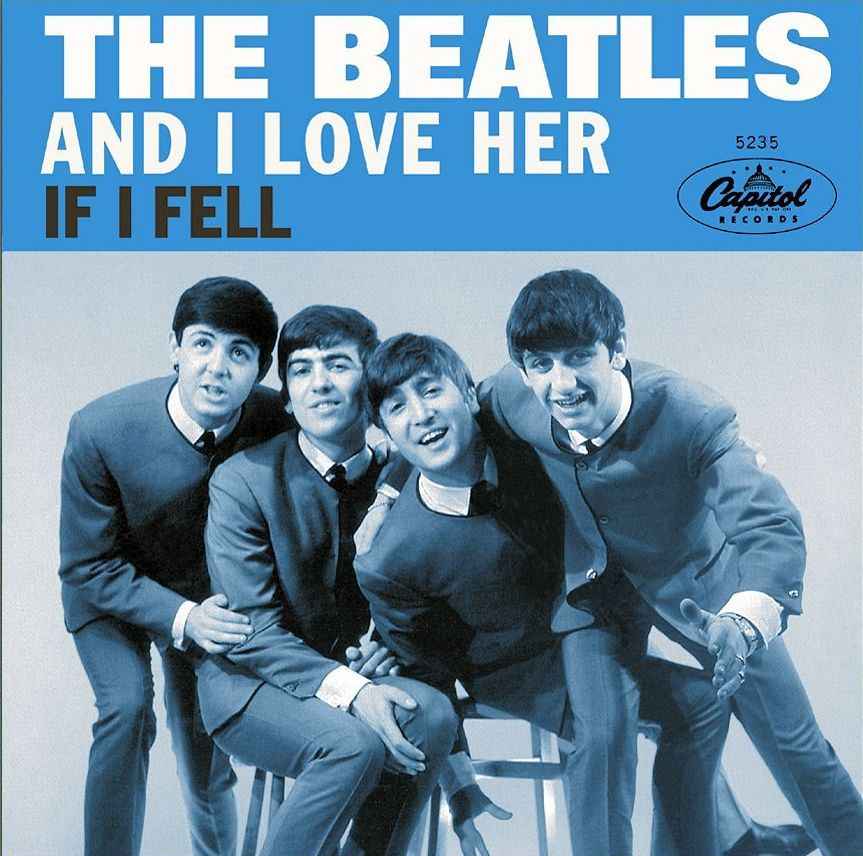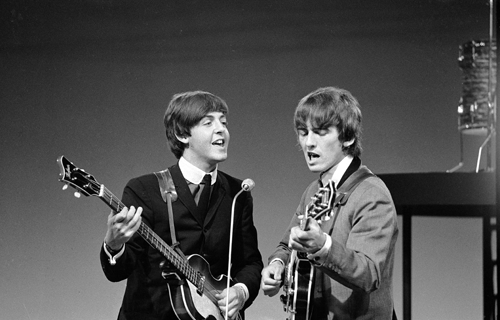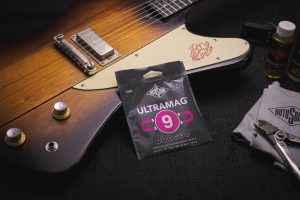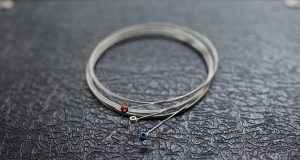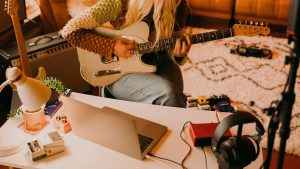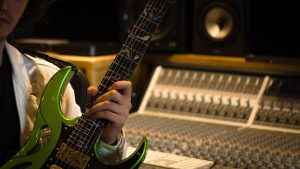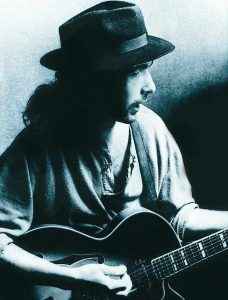3. Open chord option 1: CM (without key change) If you are not as expert at playing barre chords or playing farther up the neck of the guitar, try transposing the song to the key of C. You will need to play a barre chord for FM (but there are some simplified versions of this chord).
4. Open chord option 2: GM (without key change) Exactly the same as above, if you move to the key of GM and forgo the key change, you can play this song with mostly open chords, just needing a Bmin in the Bridge (and like above, there are simplified versions of Bmin that you can play). The Key of G is also well-suited for the female voice, being a 3rd higher than the original.
If you have a band to play with you, other options for instrumentation could be:
-using a melody instrument (flute, trumpet, etc) to play the riff with rhythm guitar
-using a cajon for the percussion
-adding vocal harmonies
-adding cylinder shaker or egg shakers, with or without the original clave pattern
-having an all acoustic version with classical guitars
-a jazz arrangement that exploits the potential in the chord changes
The flexibility of this piece is really remarkable. Classical guitarists and slide guitarists have taken this on, as well as beautiful jazz arrangements and pop covers by the likes of John Denver and Neil Diamond. Later live performances by McCartney slow the tempo down considerably and add vocal harmonies. Enjoy playing this simple, heartfelt love song with unique chord changes- you can’t go wrong learning this classic.
